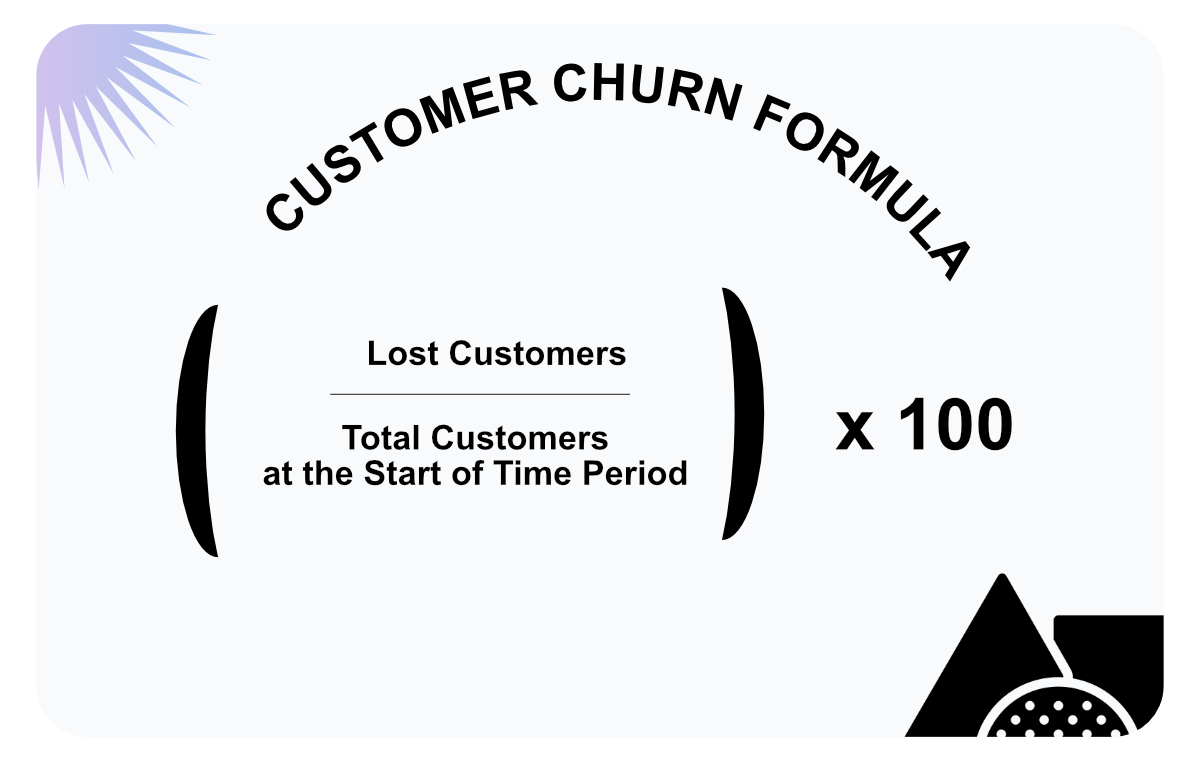Reducing Customer Churn with CRM and Google Ads
Minimising customer churn is paramount for small businesses aiming to not only survive but thrive.
Customer churn, often referred to as customer attrition, is the rate at which customers discontinue their relationship with a company, resulting in a loss of revenue. Think of it as the number of customers who once frequented your store but have now moved on to explore other options. In this article, we’ll explore 12 strategies that combine CRM systems and Google Ads to help small businesses reduce customer churn and improve customer retention, with real-world examples to illustrate their effectiveness.
Example 1
Imagine a small e-commerce store that sells clothing and accessories. Over the past few months, they’ve noticed a decline in their repeat customer rate. Some customers who used to make multiple purchases have stopped coming back. This is a clear indication of customer churn.
Example 2
Consider a subscription-based software company. They’ve observed that a portion of their customers, especially those who signed up for the free trial, tend not to renew their subscriptions after the trial period ends. This trend points to churn in the customer base.
In both examples, reducing customer churn becomes a top priority for these businesses. By implementing the strategies discussed in this article, they can work towards retaining existing customers and ultimately, boosting their bottom line.

Customer Churn - If you can calculate it, you can target it.
Strategies to Reduce Customer Churn
-
Integrate CRM Data with Google Ads: Start by integrating your CRM system with Google Ads. This integration allows you to leverage customer data, such as purchase history and behavior, to create targeted ad campaigns. Custom audiences can be created within Google Ads to deliver personalised content to different segments of your customer base.
-
Customer Segmentation: Utilise your CRM data to segment your customer base effectively. Identify loyal customers, at-risk customers, and churned customers. Tailor your Google Ads campaigns to specifically target these segments. For loyal customers, promote loyalty programs or exclusive offers. For at-risk customers, create campaigns highlighting the value of your product or service.
-
Automated Email Marketing: Use your CRM system to set up automated email marketing campaigns. Send personalised emails to customers who haven’t engaged with your brand recently. These emails can include special offers, product recommendations, or helpful content to re-engage them.
-
Dynamic Remarketing: Google Ads offers dynamic remarketing, which allows you to display ads to users who have previously visited your website. Integrate your CRM data to show users personalised product recommendations based on their past interactions with your brand.
-
Cross-Selling and Upselling: Leverage your CRM system to identify opportunities for cross-selling and upselling to existing customers. Use Google Ads to promote complementary products or upgraded versions to your customer base.
-
Customer Feedback Surveys: Implement customer feedback surveys through your CRM system to understand why customers might be considering churn. Use this information to create Google Ads campaigns that address and resolve specific pain points or concerns.
-
Advertise Customer Support and Resources: Use Google Ads to promote your customer support channels and resources. Highlight your commitment to excellent customer service and provide easy access to FAQs, tutorials, and help centers.
-
Retargeting for Abandoned Carts: Integrate CRM data with Google Ads to identify users who have abandoned their shopping carts. Create retargeting ads that remind them of the items they left behind and offer incentives to complete their purchases.
-
Custom Landing Pages: Design custom landing pages for Google Ads campaigns targeting specific customer segments. Ensure that the landing page content aligns with the ad’s messaging and provides a seamless user experience.
-
A/B Testing: Continuously A/B test your Google Ads campaigns to optimise their performance. Use CRM data to refine your targeting, ad copy, and visuals. Measure the impact of these changes on customer retention.
-
Lookalike Audiences: Utilise lookalike audience targeting in Google Ads. By analysing your CRM data, you can create audiences that share similar characteristics with your best customers. This helps you expand your reach to potential customers who are more likely to stay loyal.
-
Monitor and Adjust: Regularly monitor the performance of your CRM-integrated Google Ads campaigns. Analyse key metrics such as click-through rates, conversion rates, and customer retention rates. Adjust your strategies based on the insights gained from this data.
Effective Communication for Customer Retention
Minimising customer churn stands as a pivotal objective for small businesses. By harnessing the potential of CRM systems and Google Ads, you can curate precise, personalised campaigns that truly resonate with your customers. The crux of this strategy lies in effective communication with your existing customer base, emphasising the value of your products or services and offering compelling reasons for them to remain devoted customers or subscribers.
Example 1
Let’s revisit our e-commerce store. They noticed a dip in customer retention, so they decided to run a Google Ads campaign targeted specifically at their existing customer base. The advert highlighted exclusive benefits such as early access to sales, personalised recommendations, and a loyalty rewards programme. This proactive communication not only reminded customers of the store’s value but also provided incentives to stay engaged.
Example 2
Our subscription-based software company initiated an email campaign driven by CRM, reaching out to customers whose trial subscriptions were about to expire. The emails showcased success stories from existing subscribers, emphasising how the software had transformed their businesses. By proactively addressing concerns and illustrating the continued value of their product, the company encouraged trial users to become paying customers.
In both scenarios, proactive communication played a pivotal role in reducing customer churn. It’s not merely about retaining customers; it’s about actively nurturing those relationships and ensuring that customers consistently see the compelling reasons to remain loyal and engaged with your business. Remember, staying vigilant in analysing data and refining your strategies is key to long-term success in customer retention.


